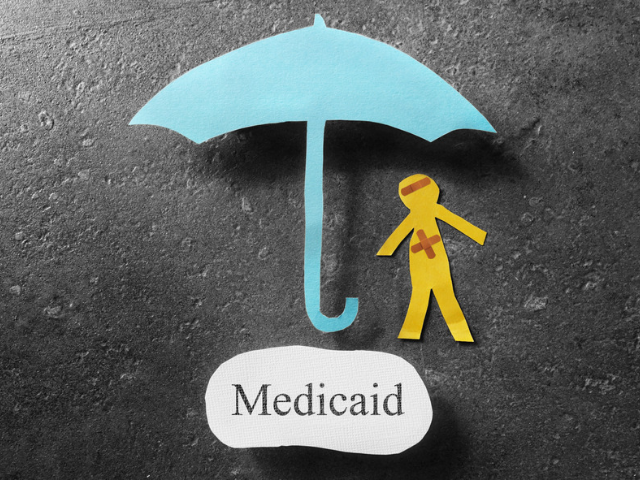If you or your child has a developmental disability, you may be eligible for a Medicaid Waiver. But what exactly are waivers? What do they cover? I’ll talk you through the basics of a very complicated system so you will know what steps you need to take to see if a waiver could help you.
What is a Medicaid Waiver, and Who Gets It?
Waivers are provided by Medicaid. Medicaid helps people who are in certain risk groups get healthcare coverage. These risk groups include low-income adults, children, pregnant women, older people, and medically fragile people. Usually, you must meet certain requirements to be eligible for Medicaid, like meeting certain income criteria, being 65 or older, having a disability, and being eligible for SSI (Supplemental Security Income) payments.
A waiver allows the federal government to waive certain rules and requirements that usually apply to the Medicaid program. States can provide services to people who, for instance, want to stay in their homes rather than be put in an institution. This is a 1915(c) waiver or a waiver specifically for Home and Community-Based Services (HCBS), the most common one used for individuals with disabilities. Prior to 1991, Medicaid would only pay for services if a person lived in an institution. Think institutions are a thing of the past? — They aren’t. They still exist. But they are not appropriate for everyone in these populations.
Does It Matter Where You Live?
Yes. Each state can apply for waivers. That doesn’t mean they have to, but most do. Some states even have waivers that are for people with specific disabilities. For example, Colorado, Indiana, Maryland, and Wisconsin have waivers specifically for those with Autism. Waivers are not transferrable from one state to another. Therefore, if you move from Indiana to Ohio, any waivers you had in Indiana will not be recognized in your new home state of Ohio. You will have to apply for a new waiver in your new state.
So, if you or your child has a waiver and you are considering moving to another state, it’s best to check out your new state’s eligibility requirements and waiver availability before moving. You may have to live without certain services that you had while you applied for a waiver in your new state. Some states have waiting lists for waivers that are 3-10 years long. States can have different ways to finance and deliver Medicaid waiver services. The system is not unified. Some states can also apply for waivers that provide services through a managed care system. This will limit your choice of service providers.
Finally, some states limit the number of people who can get HCBS waivers. It is still unclear if this violates the Americans with Disabilities Act (ADA). In the Olmstead Decision, the Supreme Court decided that states were violating Section II of the ADA if they were delivering services in an institutional setting rather than a home-based setting and if they could be appropriately provided in a home-based setting. But the Court also acknowledged that states could only do so much. They may not have the resources needed to provide services to everyone who needs them. This left a lot of open questions for the lower courts, which are still being litigated.
What is Covered under a Medicaid Waiver?
The services covered by a waiver can vary from state to state. Covered services may include: homemaker and personal care services, transportation, respite care, supported employment services (e.g., a job coach), accessibility modifications to your home, case management services, interpreters, adult day support, and adaptive and assistive equipment. It’s best to check your state’s rules on what is and is not covered. Some things that are NOT covered under waivers include the cost of food, clothing, and shelter. These basic needs are supposed to be provided by SSI (Supplemental Security Income), which is a whole different government department.
What is the Bottom Line?
As I mentioned, this is a very complex process. Unfortunately, many families who qualify for waiver services aren’t even aware they exist. They may only find out about them because a crisis has occurred. Families are often spent emotionally, financially, and physically because they don’t know they have to ask for these services. You can’t rely on states to tell you about waiver services. Now you know what they are and how they can help.
Relevant Reads on the Medicaid Waiver and Eligibility
http://medicaidwaiver.org/index.html
https://www.assistedliving.org/what-is-a-medicaid-waiver/
https://www.medicaid.gov/medicaid/eligibility/index.html
https://www.govinfo.gov/content/pkg/GAOREPORTS-GAO-01-1167T/html/GAOREPORTS-GAO-01-1167T.htm




